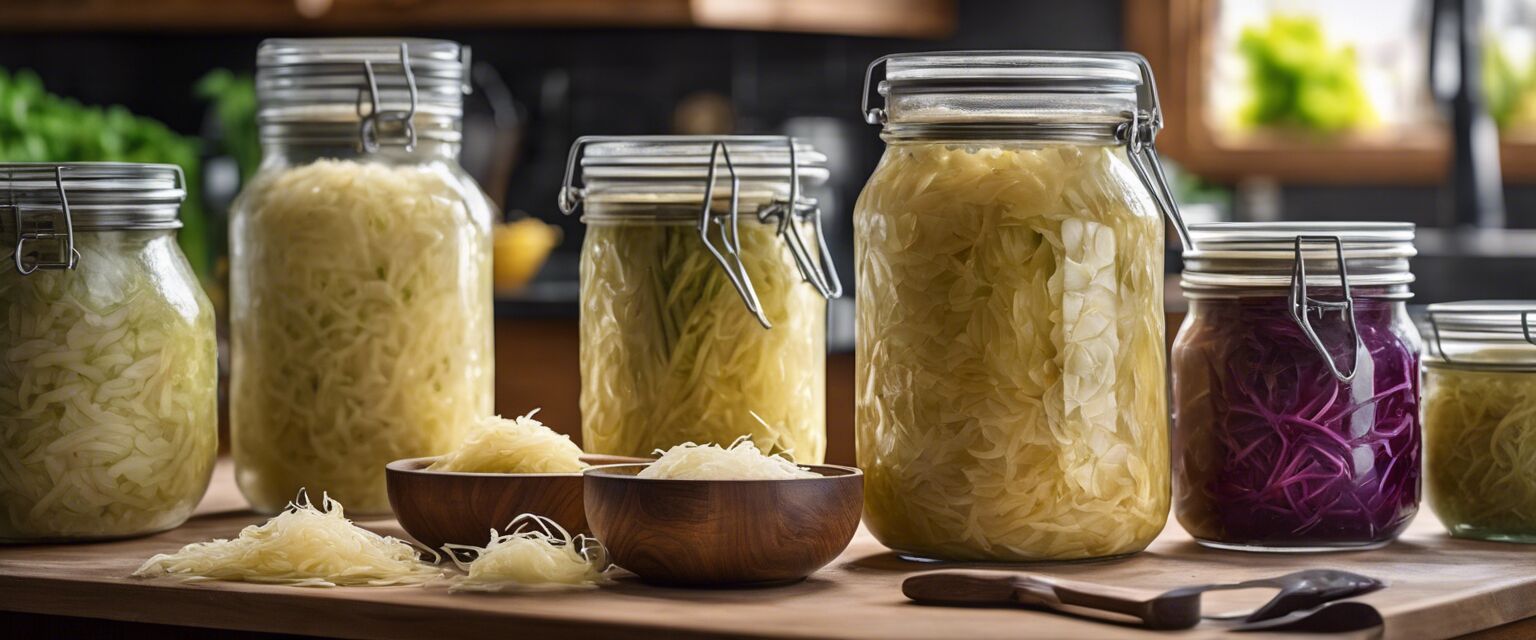
Troubleshooting Fermentation Issues
Fermentation can be a joyful and rewarding experience, transforming simple ingredients into delicious and flavorful foods. However, sometimes issues arise that can hinder the fermentation process. In this guide, we will explore common fermentation problems and their solutions, as well as provide tips for maintaining successful fermentation.
- Understanding common fermentation problems leads to better outcomes.
- Proper sanitation and temperature control are vital for success.
- Using the right equipment can simplify the fermentation process.
- Regularly monitoring your ferments is crucial for quality control.
Understanding Fermentation
Before diving into troubleshooting, it's essential to understand what fermentation is. Fermentation is a natural process where microorganisms like bacteria and yeast convert sugars into acids, gases, or alcohol. This process not only helps preserve food but also enhances its flavor and nutritional value.
Basics of successful fermentation
- Select quality ingredients: Use fresh, organic produce for best results.
- Maintain proper sanitation: Clean tools and containers to prevent contamination.
- Control temperature: Keep ferments in a stable environment; most prefer the range between 60°F and 75°F.
- Be patient: Fermentation times vary significantly; some ferments may need a few days while others several weeks.

Common Fermentation Problems
| Problem | Possible Causes | Solutions |
|---|---|---|
| Off smells | Contamination, poor ingredients, or inadequate sanitation | Discard the batch, ensure cleanliness, and check ingredient quality. |
| Fermentation not happening | Too cold, inactive starter culture, or inadequate sugar | Increase temperature, refresh your starter culture, or add sugar. |
| Mold formation | Air exposure or insufficient salt concentration | Remove mold and ensure proper brining; add more weight to submerge ingredients. |
| Too salty | Excessive salt used in the recipe | Add water or brine to dilute; taste test for balance. |
| Texture issues | Using low-quality ingredients or incorrect fermentation times | Use firmer vegetables and monitor fermentation times. |
Tips for Maintaining Successful Fermentation
Essential Tips
- Use a fermentation lid or airlock to minimize contamination and odors.
- Store ferments in a dark place to avoid light interference.
- Monitor pH levels using a pH meter to ensure the right acidity.
- Regularly taste your ferments to gauge flavor development.
- Keep a detailed fermentation log to track your processes and outcomes.

Prevention Strategies for Future Ferments
Pros
- Improved flavor and texture with increased experience.
- Increased variety of recipes over time.
- Better understanding of the fermentation process leads to creativity.
- Community and resources available for ongoing learning.
Cons
- Fermentation can be unpredictable at times.
- Contamination risks if not properly monitored.
- Some may find the process daunting initially.
- Requires patience and practice to master.
Conclusion
By understanding common fermentation issues and employing the tips outlined in this article, you can improve your fermentation results and enjoy the delicious benefits of your homemade creations. Keep experimenting, and donât hesitate to tweak your methods for better outcomes! For more in-depth knowledge and tools, explore our fermentation kits, fermentation crocks, and other fermentation storage solutions to streamline your home fermentation process.








